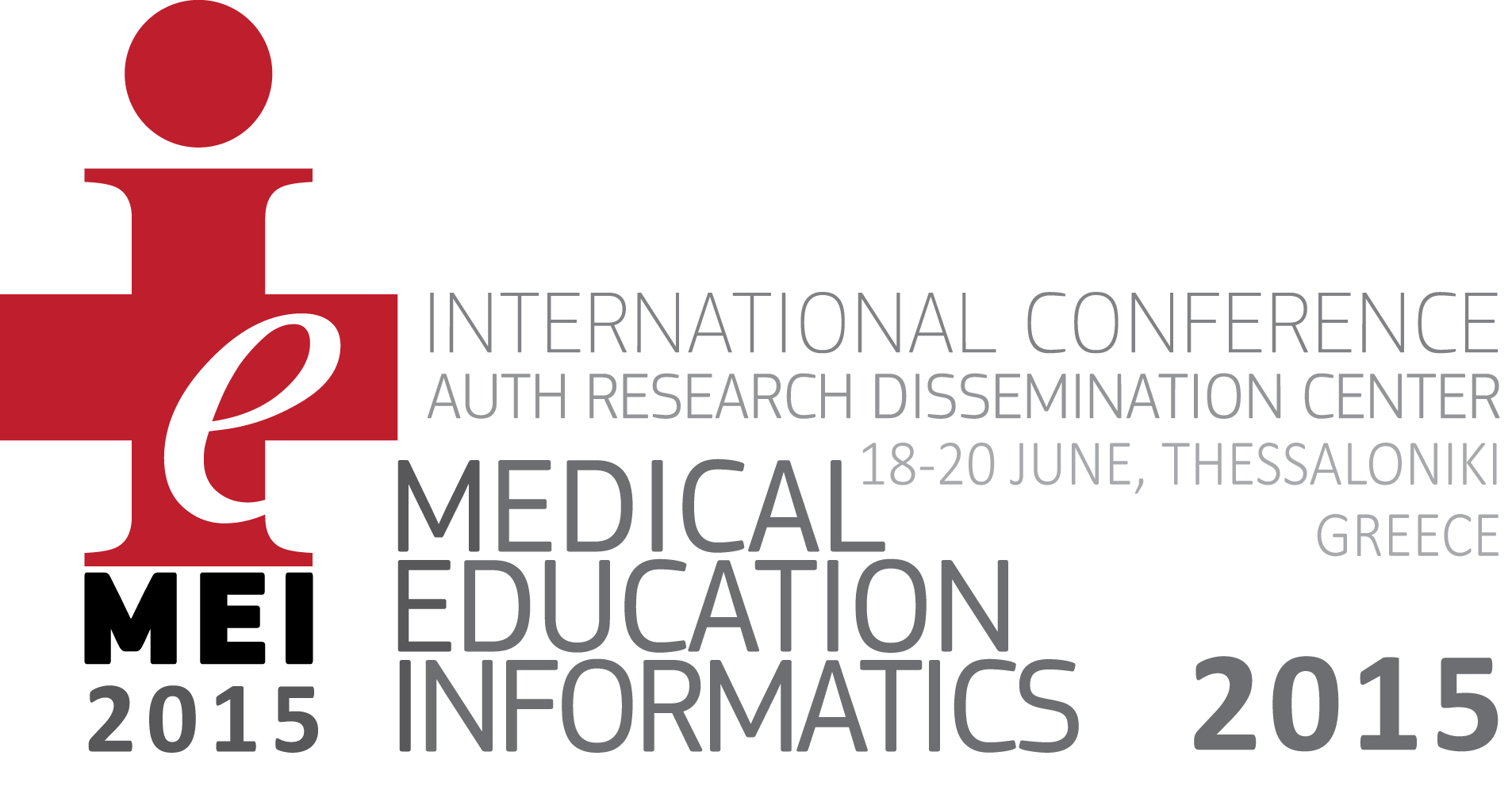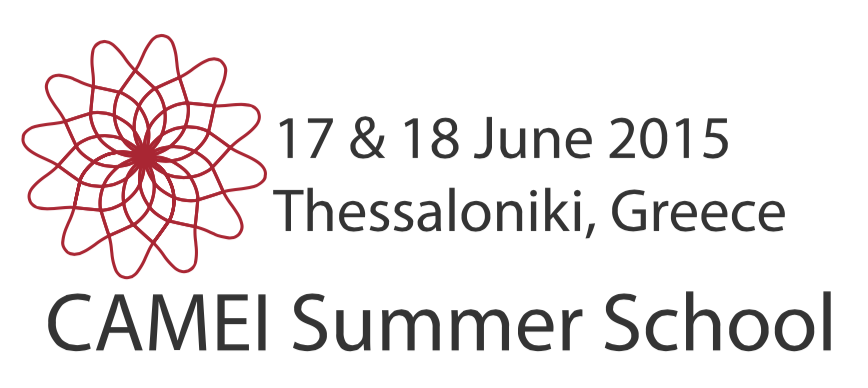You are here
Home › To use or not to use virtual patient cases? Exploring creators' attitudes against their use in undergraduate medical curriculum in Aristotle University of ThessalonikiTo use or not to use virtual patient cases? Exploring creators' attitudes against their use in undergraduate medical curriculum in Aristotle University of Thessaloniki
Abstract:
Background:
Educational research projects run between 2009 to 2013 either at a European level (e.g. mEducator (www.meducator.net)) or at a local institutional level (e.g. Ariadne (vp.med.auth.gr/ariadne; run within the Medical School of the Aristotle University of Thessaloniki (AUTH)) provided much of the required resources and infrastructure for numerous academic staff members and their research associates to develop virtual patients (VPs) cases for immediate pedagogic use and educational consumption. These cases were based on real life clinical scenarios, in order to contribute to the modernization of medical education practice and in view of a curriculum transformation in the future.
Objective:
The purpose of this study was to investigate the reasons of why VPs developed for the purpose explained above are not widely used during the education practice in the Medical School of AUTH. Why would authors of these cases neglect their own creative inspirations when developing VP cases and abandon what seems to be a contemporary trend in international medical education practice?
Method:
After signing an informed consent, 35 academic staff members, who had previously developed their own VPs, filled in a purpose-built questionnaire, which included closed questions (answer: yes/no) about the likely reasons they avoid VPs' utilization.
Results:
Almost 77% of participants admitted that they do not use their own VPs. Some 56% of them answered positively to the question if they do not exploit them due to lack of proper infrastructure (computer/projector unavailability in lecture rooms) as well as access to the Internet during classroom or amphitheatre teaching. Specifically, some 33% claimed that the absence of Internet connection is the only reason that they do not exploit their VPs. Some 52% of them asserted that the courses are short and as a result, they do not have enough time for covering the wider curriculum; in addition, some 30% believe that the large number of students during the lessons do not allow the participation of all of them in conducting discussion and reaching decisions about the clinical scenarios.
Conclusions:
It is widely accepted that VPs have revolutionized medical education practice and do indeed form an approach capable of increasing medical students' interest in their lessons while also enhancing their performances. In this study we have seen that infrastructural problems as well as organizational problems may hinder the application of contemporary pedagogic approaches while imposing difficulties for any curriculum transformation. Institutions and policy formers should consider these curriculum related problems in order to improve medical education provision.
Session
Friday, 19 June, 2015 - 13:00 to 18:00


















